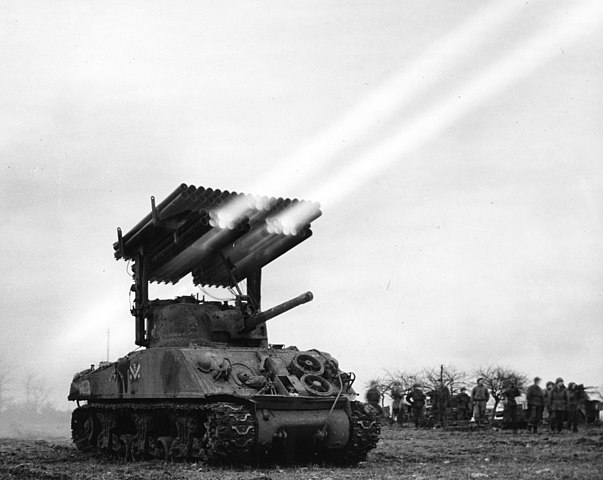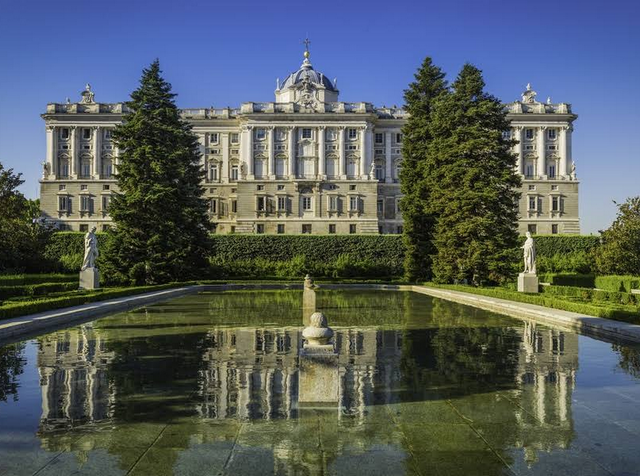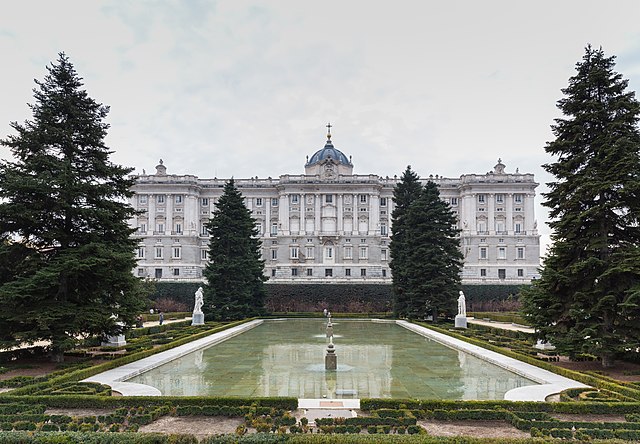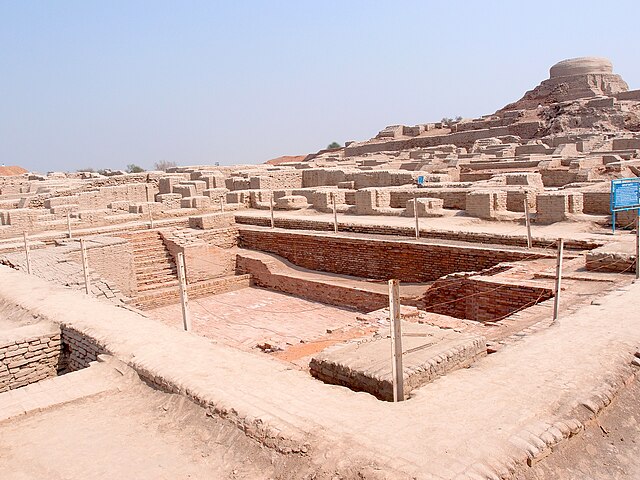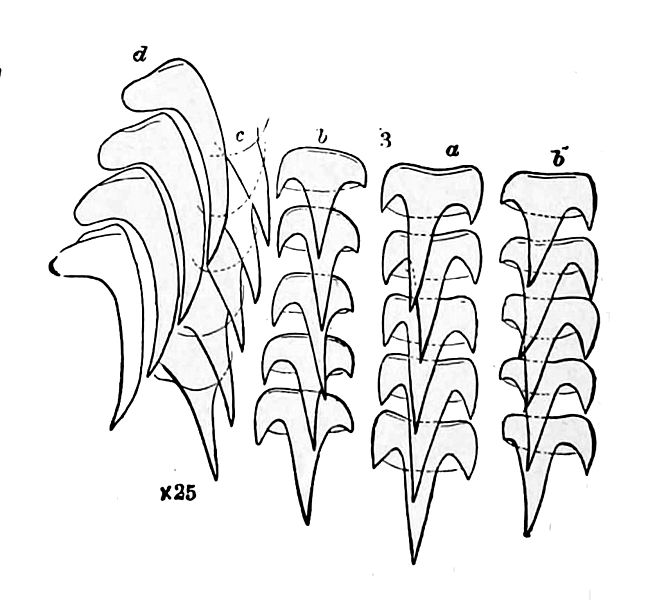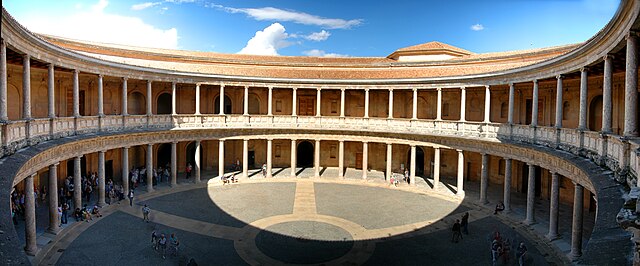We already know that in Norwegian, dog is hund and cat is katt.
Now let's learn about some farm animals!
cow - ku - sounds like k-oo
chicken - kylling - sounds like sh-ee-lee-ng
pig - gris - sounds like g-dee-ss
Also in Norwegian cows say mø, and pigs say nøff nøff!

(from: wikipedia - norwegian language)
Greek: αγελάδα, κοτόπουλο, χοίρο
ASL: cow, chicken, pig
Italian: mucca, pollo, maiale
German: Kuh, Huhn, Schwein
Spanish: vaca, pollo, cerdo
French: vache, poulet, porc
Now let's learn about some farm animals!
cow - ku - sounds like k-oo
chicken - kylling - sounds like sh-ee-lee-ng
pig - gris - sounds like g-dee-ss
Also in Norwegian cows say mø, and pigs say nøff nøff!

(from: wikipedia - norwegian language)
Greek: αγελάδα, κοτόπουλο, χοίρο
ASL: cow, chicken, pig
Italian: mucca, pollo, maiale
German: Kuh, Huhn, Schwein
Spanish: vaca, pollo, cerdo
French: vache, poulet, porc




